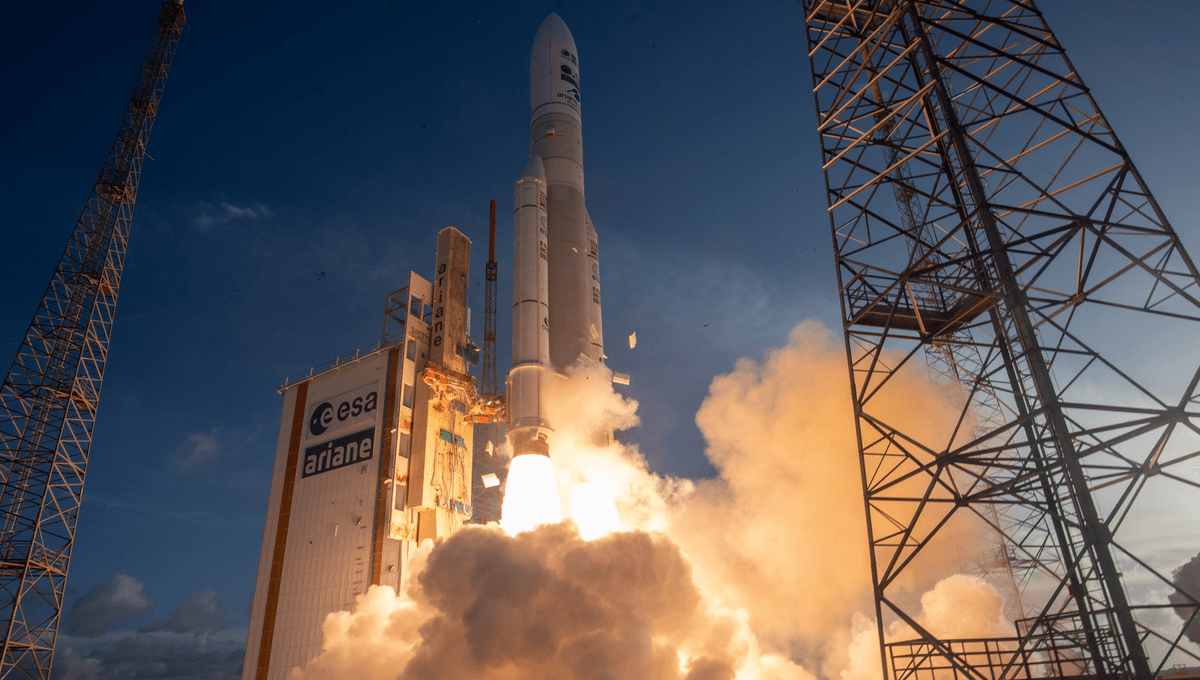
If you have seen a rocket launch recently – whether it was from NASA, SpaceX, or the Chinese Space Agency – you will often notice some similarities in locations as well as the similarities in what the rockets actually look like. There are reasons for the similarities and they have to do with keeping people safe as well as getting into space with the least amount of effort. And that requires using what we have at our disposal.
First of all, they’re often near the ocean. The first few minutes of launch are critical, and if the rocket is going to fail, it’s better for it to fail over the ocean where there are no people than over a densely populated area. Some spaceports are not near the sea, such as Baikonur Cosmodrome in Kazakhstan, but the rockets follow a path that doesn’t take them over where people live.
A more subtle location requirement is the latitude of the spaceport. NASA’s Kennedy Space Center in Florida is at 28° North. SpaceX’s Starbase is 25° North. Wenchang Space Launch Site is at 19° North. The European Space Agency’s Guiana Space Centre is 5° North of the equator. And the reason for it is that it’s easier to get to space if you can get an assist from our planet.
At the equator, the Earth rotates at 1,650 kilometers (just over 1,000 miles) per hour relative to the planet’s center. The closer you are, the less fuel you need to use to go up into space since you can take advantage of this rotational speed.
“Getting to space requires speed and lots of it. As our Earth spins itself you can get an extra boost if you launch where Earth is at its widest: at the equator,” a video from the European Space Agency (ESA) helpfully explains. ESA is going to launch its brand-new Ariane 6 rocket for the first time next week from the Guiana Space Center.
Launching near the equator means starting at 5 percent of the horizontal speed you need to get into orbit. This might not seem much but it can reduce your fuel requirement significantly. And this might turn into a significant increase in payload.
Russia’s Soyuz rocket used to launch from the ESA’s Guiana Space Center before the Russian invasion of Ukraine. It was the same Soyuz that continues to launch from the Baikonur Cosmodrome which is 45° North. The Soyuz launch from the equator brought over 60 percent more payload than the one from Kazakhstan.
There are exceptions to this rule and it is not just because of geopolitics. There are spaceports that are quite far north because it doesn’t matter about the boost in velocity. The launch close to the equator is useful for many orbits but not all of them. Polar orbits, such as the Sun-synchronous orbit or the Molniya orbit to study higher latitudes, are examples of these kinds of orbits. Several of these spaceports are found well above 50 degrees of latitude. If you don’t need the equator, you can pick a convenient location. And that’s what countries and private companies do.
Source Link: Why Do Most Rockets Launch From Close To The Equator?